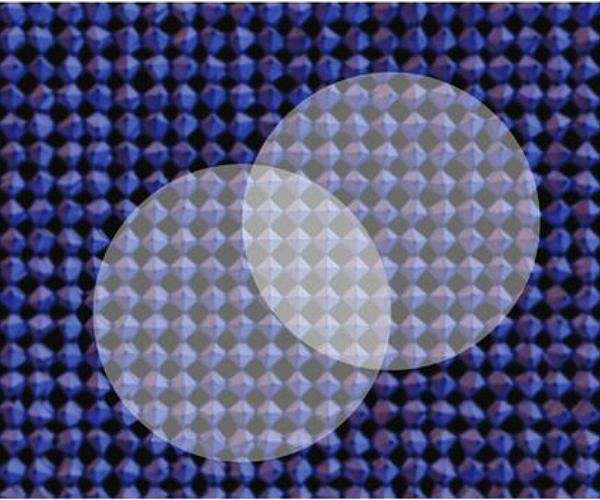Dimethylacridine stimulates perovskite solar cells
Perovskite solar cells (PSCs) are praised for their remarkable performance and simple manufacturing process. However, traditional hole transport layers (HTLs) such as poly(triarylamine) (PTAA), nickel oxide (NiOx), and poly(3,4-ethylenedioxythiophene)-poly(styrene sulfonate) (PEDOT) have inherent disadvantages that hinder their efficiency and stability. . These materials often face issues such as hydrophobicity, high reactivity and acidity, which negatively affect PSC performance. Therefore, there is a critical need to develop new HTLs that can overcome these limitations and further improve PSC capabilities.
A research team from Yunnan University and University of Science and Technology of China has developed a novel dimethylacridine-based self-assembled monolayer (SAM), [2-(9,10-dihydro-9,9-dimethylacridine-10-yl)ethyl] phosphonic acid (2PADmA), for use as a hole transport layer in inverted PSCs. The study (DOI: 10.26599/EMD.2024.9370038) was published on June 25, 2024 in Energy Materials and Devices.
The researchers synthesized the novel dimethylacridine-based SAM, 2PADmA, and used it as a hole-transporting layer in inverted PSCs. This SAM modulates perovskite crystallization, enhances carrier transport, passivates defects, and reduces non-radiative recombination. The 2PADmA-based devices achieved a power conversion efficiency (PCE) of 24.01%, significantly higher than the 22.32% PCE of devices using the commonly used 2PACz SAM. The improved performance is mainly due to an improved fill factor (FF) of 83.92% compared to 78.42% for the 2PACz-based devices. Furthermore, the 2PADmA-based devices showed better stability, retaining approximately 98% of their initial PCE after 1080 hours of storage in the dark and 87% after 400 hours of heating at 85 C, demonstrating superior performance and durability.
Dr. Bing Cai, the principal investigator from Yunnan University, said: “The development of the 2PADmA SAM represents a significant advancement in the field of PSCs. This new SAM not only improves the efficiency and stability of PSCs, but also provides a new approach to design of advanced HTLs for future solar cell technologies.”
The innovative 2PADmA SAM offers new opportunities for improving the efficiency and stability of PSCs, making them more viable for commercial applications. This development could lead to more efficient and sustainable solar energy systems, which would support the global shift to renewable energy and contribute to the fight against climate change.
Research report:Dimethylacridine-based self-assembled monolayer as hole transport layer for high-efficiency inverted perovskite solar cells

